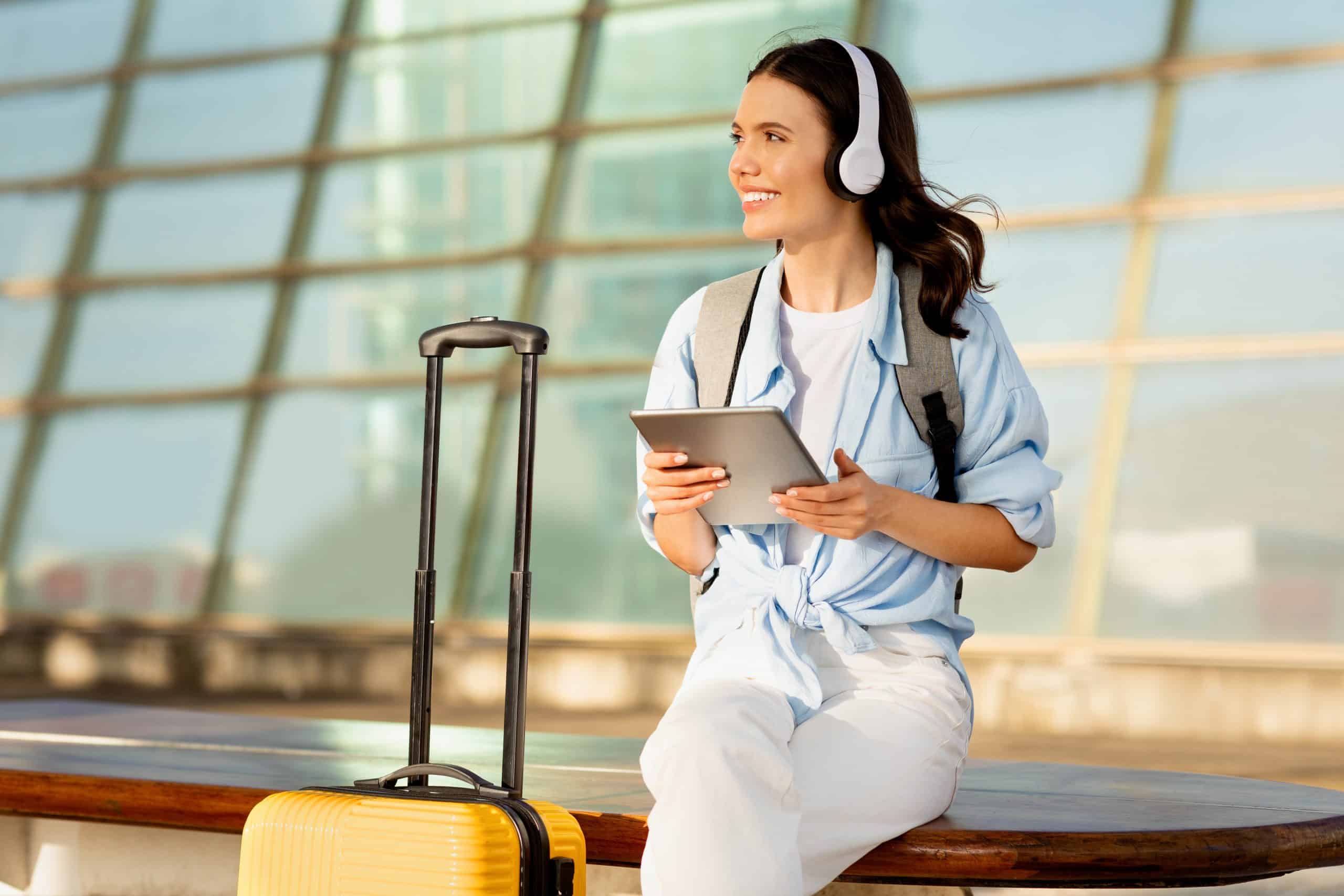Travel and tourism marketing includes a wide range of audiences, many types of travel and destinations, and ever-changing market trends. Advertisers and marketers creating campaigns and ads for travel and tourism brands have to think fast and use all the available data to accurately target audiences and convert high-intent users.
Marketers in travel and tourism are strategizing to reach prospects across many of the current trends: ecotourism, blended business and leisure trips, wellness tourism, and many more. In a quickly changing market, it’s essential to know your audience and get all the details right across visuals, copy, landing pages, and display ads. This means that small shifts in a headline or type of image can make a big difference.
At Taboola, we analyze tons of data points to help identify the many changing trends in travel and tourism advertising. Our Creative Shop in-house agency focuses on building ads — and helping others build ads — informed by new and emerging trends, so you can apply these learnings to your own performance marketing work. Check out the creative playbook for travel to see the latest tips on creating ads that will engage and convert high-intent users, and put them to work for your brand.
Download the Creative Playbook for Travel
5 Tips to Make Your Travel and Tourism Ads Shine
1. Encourage Daydreaming
Prospective users in the travel and tourism market might start out daydreaming about a type of trip, like a 40th birthday or family reunion, before booking. Consider the ways you can engage those users, such as with photos of aspirational escapes, like a cruise ship docked or at sea. Or, show off a VIP experience, such as the top-tier cruise ship cabin, premium seating, or a private jet interior. On landing pages, use full-bleed imagery, soft gradients, and aspirational design to help users imagine their trip.
2. Tell a Story
Travel and tourism is well suited to narrative storytelling in creative advertising across multiple channels and formats. For example, create a story around bucket list adventures for longer-term planning, or show aspirational imagery for iconic destinations. Editorial framing to build trust is also a useful tactic, such as creating top 10 lists, top must-see places, or publishing personal travel stories.
3. Invite Readers to Engage
Travel and tourism marketing lends itself well to engaging, interactive design and copy. Using clean designs with a single message and high-resolution images will appeal to prospects, as well as always staying on brand through colors, fonts, and imagery. Encourage interaction with subtle motion or rich media designs that invite users to click, hover, or swipe. Other tactics include using quizzes or other interactive calls to action (CTAs) to engage a prospect and move them toward conversion.
4. Spark Curiosity
Help prospective travelers envision their next trip with techniques to spark their curiosity and imagination. Include travel hacks in ads, such as hidden deals or insider tips that promise secret knowledge. Using social proof, like traveler stories or user-generated social posts or blog posts, can help make the trip easier to imagine. Referencing specific user groups that align with the target audience can also add relatability and credibility.
5. Get the Visuals Right
Making small tweaks to visuals can lead to huge gains for travel and tourism marketers. Taboola’s creative team data found a 16% conversion rate (CVR) increase for motion ads, a 66% click-through rate (CTR) increase when avoiding text in visuals, and a 74% CVR increase when using close-up imagery. These numbers are a great reminder that paying careful attention to every detail, and conducting A/B testing, can make a huge difference for marketing performance. In addition, try visual price anchoring, putting any discounts and urgency-focused copy above the fold.
Find more insights in the Creative Playbook for Travel
Key Takeaways
Travel and tourism marketers constantly navigate changing trends to excite and engage prospective buyers. Every detail counts in travel ad campaigns across visuals and copy, so marketers should do frequent A/B testing to see what performs best. Conduct audience research to understand traveler nuances and what kind of vacation they’re seeking.
Frequently Asked Questions (FAQs)
What are some popular trends in travel advertising?
Ad trends include visual storytelling, incorporating user-generated content, and showing personalized experiences. In addition, emotional appeal, bucket list trips, budget travel, and work/life experiences are all popular.
What are some examples of successful travel campaigns?
Successful travel campaigns are memorable, showing the impact that unique storytelling and creativity can have on prospective travelers. They also tap into trends and user needs and desires, and help to spark curiosity or inspire wanderlust. For example, Airbnb’s “Live There” campaign shows how travelers can have deeper cultural experiences on trips. Iceland’s Icelandair stopover offer propelled the country toward greater tourism success, showing off stunning visuals and a straightforward way to get more travelers to visit. Tourism Australia’s “There’s nothing like it” campaign proved its longevity, as the group brought the slogan back after wildfires with some beautiful imagery.
What are the key elements of effective travel ads?
Ads for tourism and travel campaigns work best when they tap into emotional resonance and compelling narratives, helping prospects envision their own vacation that connects with their values and what they imagine. Effective travel ads also include visual storytelling with high-quality images, personalization, and clear CTAs. Personalization should include tailored messages for different segments of the audience to target what type of trips users might be interested in.



